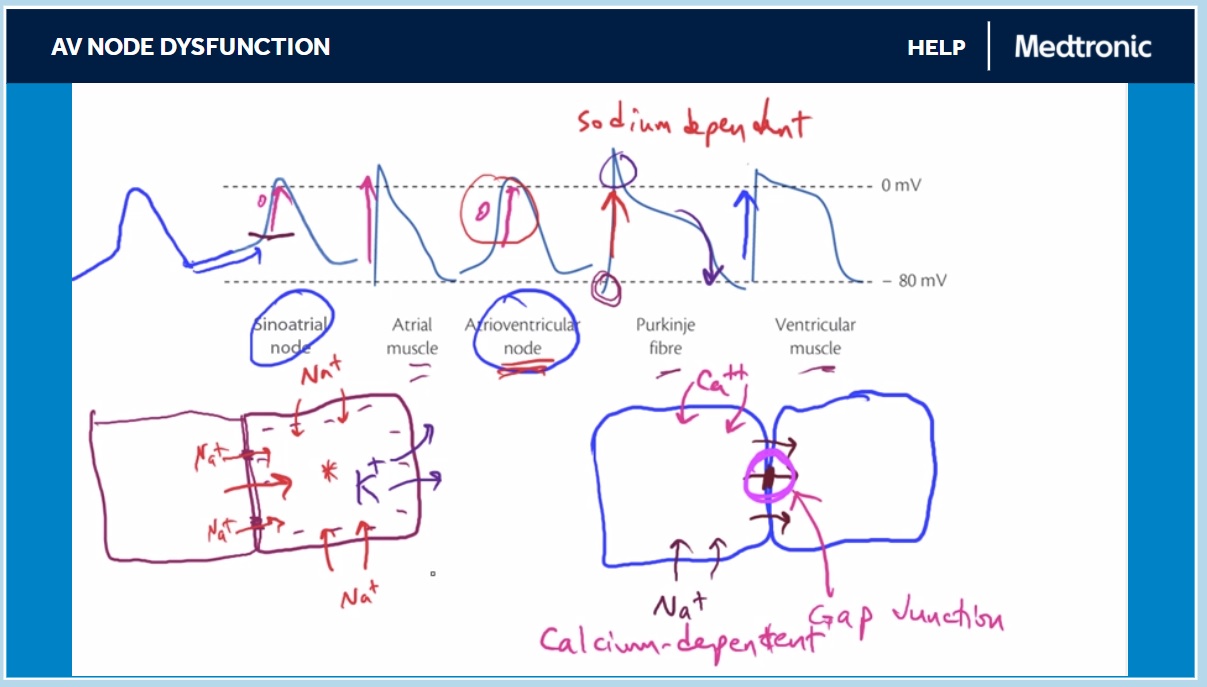NON-CARDIAC SURGICAL PROCEDURES IN PATIENTS WITH MEDTRONIC IMPLANTABLE CARDIO
DEFIBRILLATORSRevised Effective March 26, 2014 A. Background:Each year, thousands of patients with cardiac implantable devices, such as implantable cardio defibrillators (ICDs) and pacemakers, undergo non-cardiac related surgical procedures, like colonoscopy or knee replacement, using electrocautery or other types of equipment that generates a strong electrical signal. This electrical signal may cause electromagnetic interference (EMI). Caution must be used when using equipment that produces EMI on or near patients with implantable devices. Some types of EMI may not be filtered out by an ICD’s sensing circuitry and may be erroneously interpreted as a rapid heart rate. This EMI may trigger the detection criteria in the ICD and cause a therapy to be inappropriately delivered. For these reasons, physicians frequently choose to suspend therapies in ICD devices during these procedures using one of the options outlined below. This document is intended to provide information to licensed health care providers (HCPs) regarding options for suspending device therapy during non-cardiac surgical procedures for patients with ICDs. This document also explains the role of a Medtronic representative in providing technical support before, during and after a non-cardiac surgical procedure depending on the option selected by the HCP. The HCP is responsible for the option selected and for all decisions regarding patient care and management during the procedure.B. Prior to Procedure:Prior to the procedure the HCP should perform the following activities:1. Identify which manufacturer’s device is implanted in the patient, along with the model and serial number. This information can be found on the patient’s Device Identification Card. The information can also be obtained from the patient’s cardiologist, or for Medtronic ICDs, by calling Medtronic directly at 1-800-633-8766. If the ICD is identified as being manufactured by a company other than Medtronic, the HCP should contact that company for further instruction.

2. Contact the patient’s cardiac following physician, such as an EP or Cardiologist, inform them of the type of procedure, assess the likely risks, and obtain specific verbal or written instructions for the patient prior to the procedure. Patient conditions can vary and may require special instruction which can be provided by a physician familiar with ICDs. Confirm with the patient’s cardiac following physician whether the patient is pacemaker dependent. Even though suspending therapies in an ICD does not affect the pacing function, special care should be taken for pacemaker dependent patients to ensure pacing therapy is not interrupted by EMI during surgery.3. Determine which of the options below is most appropriate for the patient’s condition.
